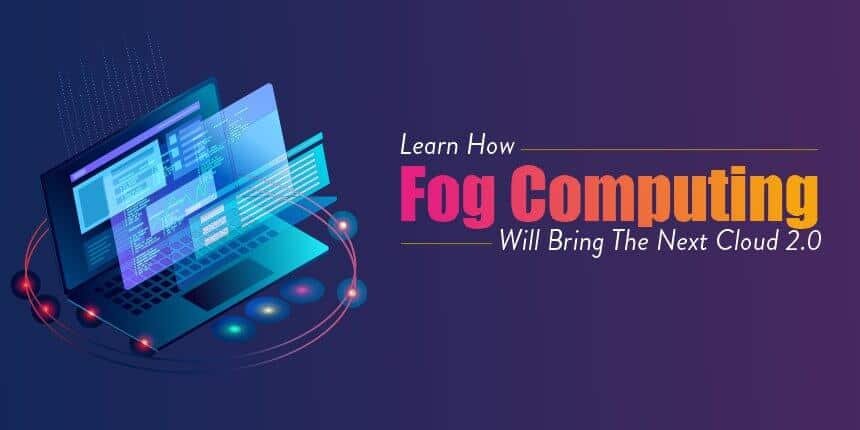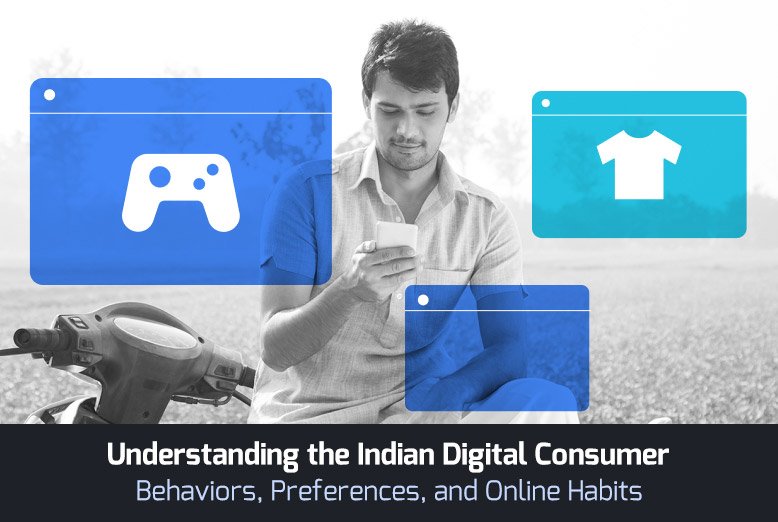We are living in a world full of development. Artificial intelligence, internet of things, big data, and high-speed wireless networking has done wonders we could ever imagine. As a result, we adore upgraded living standards, using super-fast gadgets, and making better business decisions using data analytics. Everything is driven by data, and data is coped via cloud storage. However, with the increasing demand and rising usage of cloud, the game is going beyond its capacity, demanding an improved approach. Though data is not the issue, the issue is how we manage, access, analyze, and store all these data. The answer is fog computing.
Explaining Fog Computing
Fog computing term was coined by Cisco, which refers to encompassing cloud computing to the edge of an enterprise’s network. It is also known as Edge Computing or fogging. The operation of computing, storage and networking services between end devices and cloud computing data centers enables due to fog computing. The vision of fog computing was introduced in January 2014 as an initiative to bring cloud computing abilities to the edge of the network and as an outcome, closer to the speedily growing number of connected devices and applications that consume cloud services and generate a progressively massive amount of data.
Fog computing provides a better quality of service from lower latency to lesser power consumption and reduced data circulation over the internet. Therefore, it is the most suitable for applications that require low latency, location awareness, and mobility. The fog nodes that form the core network mechanisms have adequate processing capability and storage to run IoT applications on the edge in a circulated fashion.
Fog computing and Cloud computing
Cloud Computing has limitations when it comes to service required by real-time applications that require instantaneous responses and actions. For example, for autonomous cars, the technology should support location awareness, super-fast processing, wireless connectivity, very low expectancy, and mobility. These requirements cannot be fulfilled by cloud computing given its necessity of computation deep within the internet.
Considering other examples like industrial automation or e-surveillance where there is extensive use of wireless sensors. These applications need low power, low bandwidth, and location-aware nodes with virtuous processing power circulated across the location. Such solutions are easily accomplished by using the new paradigm of fog computing rather than traditional cloud computing.
Benefits of Fog Computing
Better Business Agility
Developers can effortlessly develop fog applications and arrange them whenever needed, by utilizing the right set of tools. This will drive the machine to function in a way the customers need.
Better Security
Fog nodes can be protected using the same switches, techniques, and policies you use in other areas of the IT sector.
Deeper Perceptions with Privacy Control
The complex data can be analyzed locally instead of sending it to the cloud for analysis. The IT team can be allotted the task of keeping track and control of the devices that collect, analyze and store data. This will also save bandwidth data, which in result will reduce the operation cost.
Applications for fog computing
Fog Computing works best in a Cloud-based organized environment to offer control and deeper understanding across the range of nodes. Some real-life examples where fog computing can be implied include smart cities, transportation, surveillance, wind energy, and smart buildings.
Limitations of Fog Computing
No technology is error-free and neither is fog computing. It comprises of few limitations. Most commonly reported disadvantages of fog computing are:
Complex and Confusing
To few people, the whole concept of fog computing seems complex and confusing. A system that comprises many devices that store and analyze their own data and that could be located anywhere, at any time adds complication to a network that once sent all its data to a unified location.
Bigger connections, bigger risks
Numerous devices mean numerous users which vividly increases the risk for corrupted or infected files, apps, or information leaking into the company’s main data stream. Employees maybe don’t use their devices precisely for work, increasing the possible risks to both the device and the company.
Data departure
While using fog computing, a large volume of data is stored on the devices themselves. These devices are often positioned outside the office’s physical location, and many companies or business managers feel that this configuration upsurges the risk of a data breach or hack.
One of the primary limitations in fog computing industry growth is the lack of proper regulation of its positioning. Fog also inherits some of the prevailing problems of cloud computing, with security concerns being at the peak. Likewise, with a shortage of surveillance, transmitting computation logic to the edge of the network has turned out to be a vital possible threat for the fog computing industry. However, renowned tech industries such as Intel, Dell, Cisco, ARM Holdings, and Microsoft, appear to show quite a motion in overcoming these limitations. The competitive landscape is expected to bystander similar kind of encouraging research initiatives over the consequent years.
To summarise, Fog Computing and its applications have been discussed. Fog computing can handle the submerging of data created by IoT on the edge of the network. The characteristics of fog computing are considered as a suitable platform for IoT. Fog computing is inflowing an exciting time, where it can positively affect working costs. Fog computing resolves problems related to overcrowding, space and internet traffic. Increasing these services at the edge through fog computing will give rise to new business models and openings for network operators. Cloud and fog computing have their respective roles and will report the exact needs and necessities of enterprises and end customers. Both will work together and co-exist to deliver a host of new services empowered by developing technologies.





